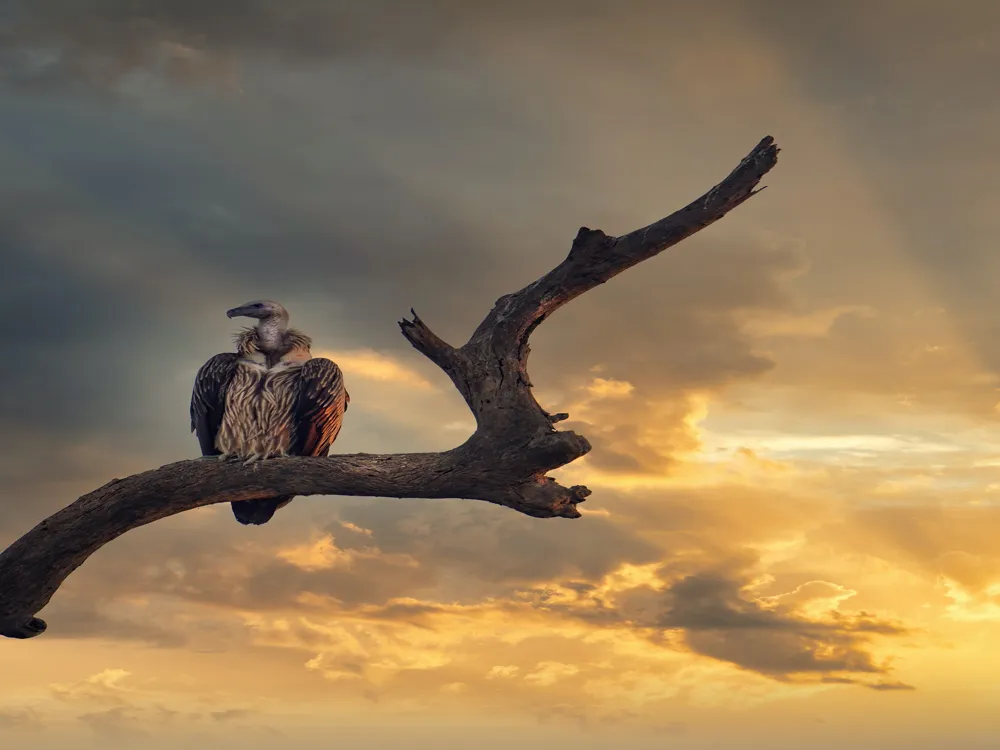Nestled in the enchanting landscape of Nagaland, the Ntangki Wildlife Sanctuary is a natural haven located near Kohima. Covering an expansive area, this sanctuary is a vibrant mosaic of lush forests, undulating hills, and rich biodiversity, making it a must-visit destination for nature enthusiasts and wildlife lovers. Established to conserve the unique flora and fauna of the region, Ntangki Wildlife Sanctuary is home to a myriad of wildlife species, including some rare and endangered ones. The sanctuary's name, 'Ntangki', is derived from the local dialect, symbolizing the deep connection and respect the indigenous communities hold for nature. The dense forests of Ntangki are predominantly tropical and sub-tropical, providing a perfect habitat for a diverse range of species. Visitors often report sightings of majestic animals like the Hoolock Gibbon, Golden Langur, Hornbill, and even the elusive Clouded Leopard. The sanctuary also plays a crucial role in environmental education, research, and eco-tourism, contributing significantly to the conservation efforts in Nagaland. One of the most striking features of Ntangki Wildlife Sanctuary is its incredible biodiversity. The sanctuary serves as a crucial habitat for several species of mammals, birds, reptiles, and countless varieties of plants and trees. The rich avian population makes it a paradise for birdwatchers, with numerous species of both resident and migratory birds found here. The topography of Ntangki is as varied as its wildlife, ranging from deep valleys and rolling hills to meandering streams and rivers. This diverse landscape not only adds to the scenic beauty of the sanctuary but also provides different habitats that support the varied wildlife species. The presence of water bodies within the sanctuary creates a unique ecosystem, supporting aquatic life and attracting a variety of waterfowl. Conservation in Ntangki Wildlife Sanctuary is a challenging yet vital task. The sanctuary's management works tirelessly to protect and preserve the natural habitats from threats such as deforestation, poaching, and human encroachment. Various conservation programs and initiatives have been implemented to safeguard biodiversity and promote sustainable tourism practices. Community involvement and awareness programs are also a significant part of the conservation efforts. By educating the local population and involving them in conservation activities, the sanctuary aims to create a harmonious balance between human activities and wildlife preservation. These efforts have led to a gradual increase in wildlife populations and have helped raise awareness about the importance of conserving natural habitats. Ntangki Wildlife Sanctuary is not just a haven for wildlife but also a center for research and environmental education. Researchers and students from various parts of the country and abroad come to study the unique biodiversity and ecological systems of the sanctuary. The sanctuary provides an excellent opportunity for researching tropical and sub-tropical ecosystems, wildlife behavior, and conservation biology. Environmental education programs aimed at school and college students are regularly conducted. These programs focus on sensitizing the younger generation about the importance of wildlife conservation and sustainable living. Through guided tours, workshops, and interactive sessions, visitors get an in-depth understanding of the sanctuary's ecology and the need for conservation. The architecture of Ntangki Wildlife Sanctuary is a harmonious blend of natural and man-made structures, designed to minimize the impact on the environment while enhancing the visitor experience. The architectural design respects the natural topography and the ecological sensitivity of the area, making use of sustainable materials and traditional building techniques. The main entrance of the sanctuary sets the tone for the architectural theme, with its use of local materials and motifs that reflect the rich cultural heritage of Nagaland. The visitor center, located near the entrance, is designed to be both functional and educational, providing information about the sanctuary's flora and fauna, conservation efforts, and guidelines for visitors. Strategically placed observation towers offer panoramic views of the sanctuary, allowing visitors to observe wildlife in their natural habitat without disturbing them. These towers are constructed using eco-friendly materials and are designed to blend seamlessly with the surrounding environment. The walking trails winding through the sanctuary are carefully planned to minimize disturbance to wildlife while allowing visitors to explore the sanctuary's diverse habitats. These trails are marked and maintained to ensure visitor safety and to prevent them from straying into sensitive areas. The eco-lodges and camping sites within Ntangki Wildlife Sanctuary offer a unique and sustainable way to experience the wilderness. Built using environmentally friendly materials and traditional Naga architectural styles, these lodges provide comfortable accommodation while maintaining a low environmental footprint. Camping sites are set up in scenic locations, offering an immersive nature experience. These sites are equipped with basic amenities and are managed to ensure minimal impact on the surrounding environment. The interpretation center at Ntangki Wildlife Sanctuary is an educational hub, providing insights into the sanctuary's ecosystems, wildlife, and conservation efforts. Interactive displays, models, and audio-visual presentations offer an engaging learning experience for visitors of all ages. The research center is equipped with modern facilities to support wildlife research and conservation studies. It serves as a base for researchers and conservationists working in the sanctuary, facilitating their studies on habitat management, wildlife behavior, and conservation strategies. The ideal time to visit Ntangki Wildlife Sanctuary is from November to February when the weather is pleasant, and the chances of wildlife sightings are higher. Visitors should carry essentials like water, snacks, and a first-aid kit, and wear comfortable clothing. Binoculars and cameras are recommended for wildlife observation and photography. It's crucial to maintain a safe distance from wildlife, avoid feeding animals, and keep noise levels to a minimum to avoid disturbing them. Ntangki Wildlife Sanctuary is accessible by road from Kohima, the capital city of Nagaland. The nearest airport is in Dimapur, from where you can hire taxis or take buses to the sanctuary. For those traveling by train, Dimapur also serves as the nearest railway station. Once in Kohima, various local transportation options are available to reach the sanctuary. Read More:Overview of Ntangki Wildlife Sanctuary, Kohima, Nagaland
Unique Features and Biodiversity
Conservation Efforts and Challenges
Research and Environmental Education
Architecture of Ntangki Wildlife Sanctuary
Observation Towers and Trails
Eco-Lodges and Camping Sites
Interpretation and Research Centers
Tips When Visiting Ntangki Wildlife Sanctuary
Best Time to Visit
What to Bring
Respecting Wildlife
How To Reach Ntangki Wildlife Sanctuary
Ntangki Wildlife Sanctuary
Kohima
Nagaland
NaN onwards
View kohima Packages
Also Refered As:
Itanki Wildlife Sanctuary
Kohima Travel Packages
View All Packages For Kohima
Top Hotel Collections for Kohima

Private Pool

Luxury Hotels

5-Star Hotels

Pet Friendly
Top Hotels Near Kohima
Other Top Ranking Places In Kohima
View All Places To Visit In kohima
View kohima Packages
Also Refered As:
Itanki Wildlife Sanctuary
Kohima Travel Packages
View All Packages For Kohima
Top Hotel Collections for Kohima

Private Pool

Luxury Hotels

5-Star Hotels

Pet Friendly





















